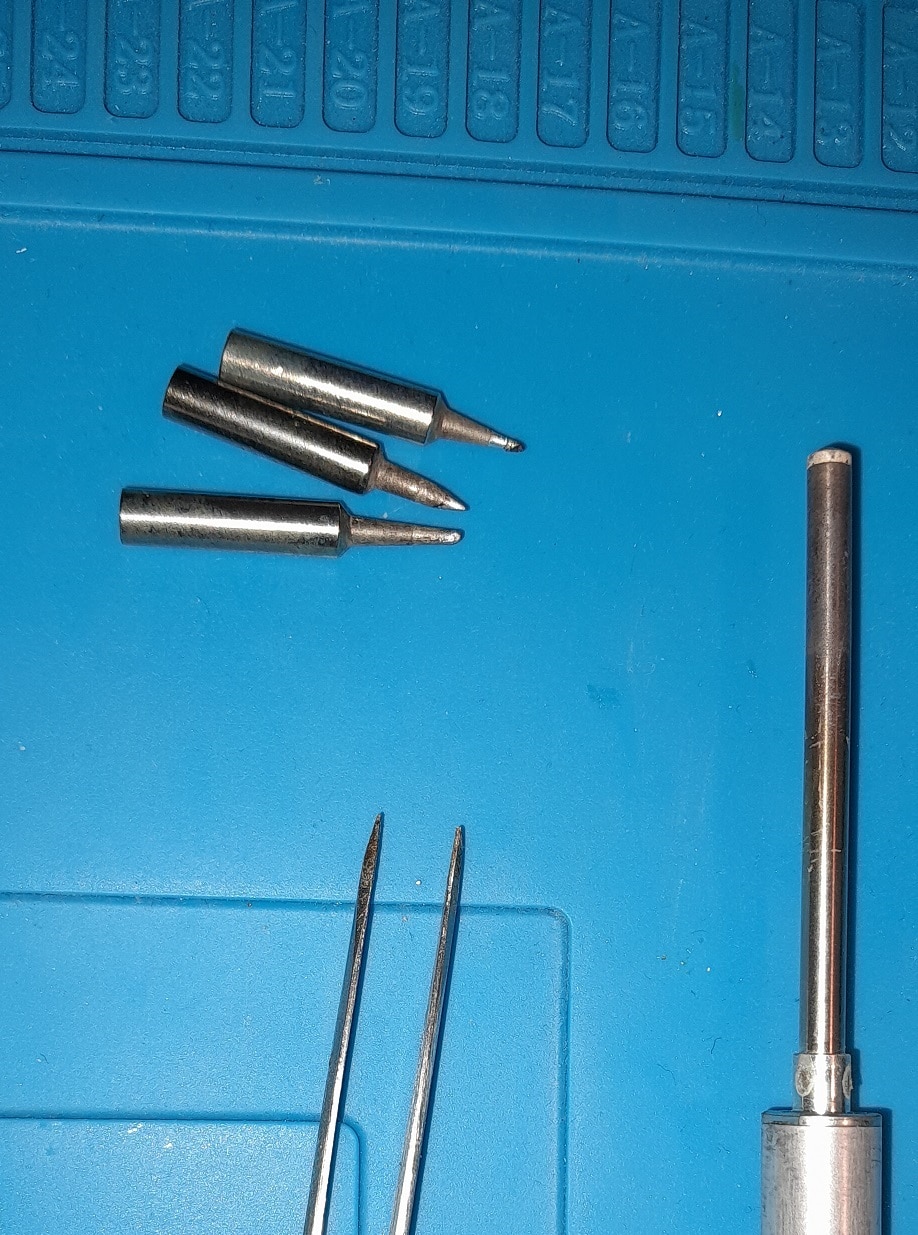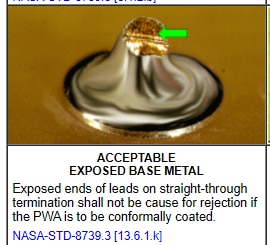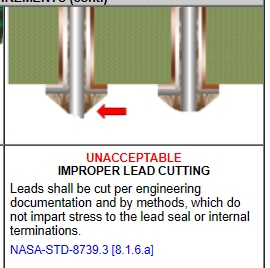You have to challenge your habits. I have always soldered with chisel and sloped/bevel round tips.
Many irons come with a conical tip. A lot of people solder happily with it.

I have several, to use with an iron that I like. But I don't like soldering with the conical tips. I am not good at it.
That's going to change this year. I'm going to try and always use these tips when appropriate, and learn to love them.
The real goal is to become better at soldering with the conical versions than I am now with chisel and sloped types. And to enjoy the adaption path.
I'll keep you posted.


